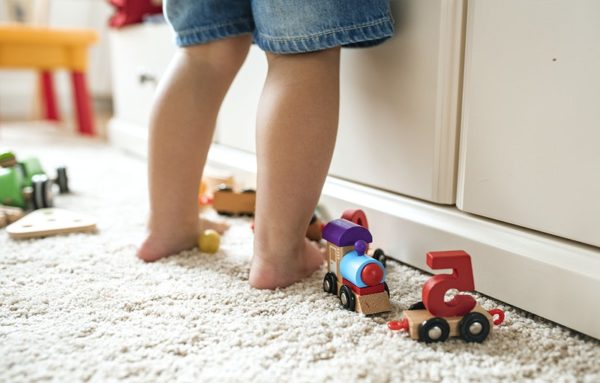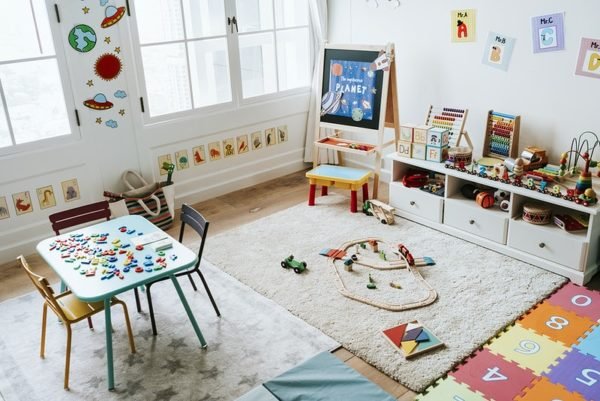Being a mother is difficult, you need to have eyes everywhere and that can be overwhelming. But, there are things we can do to make life a teensy bit easier, and one of those is providing our children with safe toys.

The last thing parents want to worry about when sending their child off to play is whether or not the toys they have access to are potentially harmful. But too many parents across the country are letting toys that look fun and harmless into their homes—putting their children at risk of injury or even death.
There are around 240,000 toy-related injuries that are recorded in emergency rooms every year—and all of them are preventable with a little caution.
If you’re a parent or nanny you’ll want to do your due diligence and make sure your toy bin is free of dangerous toys.
Safety Tips

Depending on the age range of your children or the children you take care of, there will be different types of safe toys you’ll always want to have available. Here are a few things you can do to properly vet toys so they don’t become dangerous to your kiddos:
Regularly check your toys for loose parts, broken pieces, or sharp edges. If it’s not in good condition, you should repair it or throw it away. If it’s a serious defect, report the hazard to the toy’s manufacturer and the CPSC so it can get recalled before someone gets hurt.
Read the toy’s warnings on the box or label before giving them to children. The toy’s recommended age range guidelines should always be followed—even if a younger child seems like they can properly use it.
If you have infants and/or toddlers, make sure to avoid cheap metal, painted jewelry, and other potentially hazardous items that could contain lead. Babies love putting random things in their mouths, and even trace amounts of lead and metals could be life-threatening.
Fidget Spinners
These toys aren’t just an annoyance to teachers everywhere; they can be extremely harmful if younger children get ahold of them. Most fidget spinners are made up of many small parts, and both branded and knock-off models can easily be broken and become choking hazards to young children. Homes with infants and toddlers should steer clear of having any type of fidget spinner available. And if you have older children, make sure any fidget spinner they have is always in good condition.
Magnets
Magnets have always been a fun toy for children of all ages to play with—they stick together like magic! But toys with magnetic parts can cause serious and potentially life-threatening injuries if ingested. If a baby accidentally swallows a magnetic toy, it can cause gastrointestinal damage, infection, and pinching of internal organs. A major recall of magnetic toys happened in 2006 after a child died from accidental ingestion, but they’re still everywhere on the market today. Even though magnets are a very popular toy, parents should be cautious about having any type of magnet in their home.
Hoverboards
If you have older children, you’ll want to have some more advanced toys than teddy bears and Barbies. Electronic toys like hoverboards are all the rage right now, but they’re far from being safe. Hoverboards have been recalled multiple times due to fire hazards and spontaneous combustion while charging. And of course, hoverboards also pose a serious fall and crash risk—it’s better to just skip this toy altogether.
Hammocks
These are a summer favorite for families everywhere—but they should never be easily accessed by your toddler or younger children. Like every toy, they seem harmless at first; but if kids are playing in them without proper supervision they can quickly become a strangulation hazard. In 1996, the CPSC recalled 3 million hammocks after they accidentally twisted around children’s necks and caused the deaths of 12 children. If you do have a hammock, these risks can be avoided with careful supervision and attention given to the child playing.
